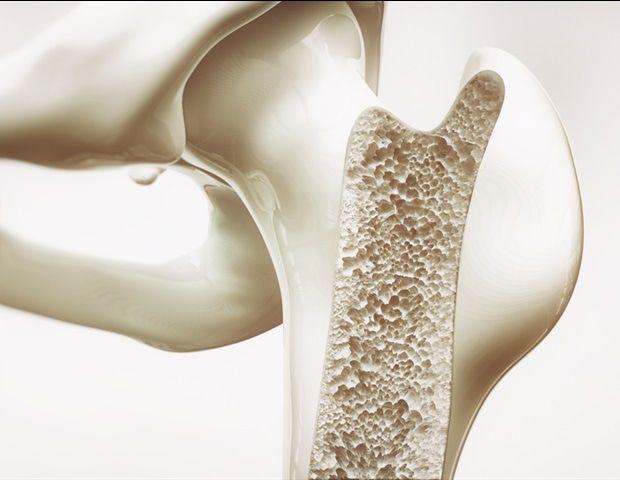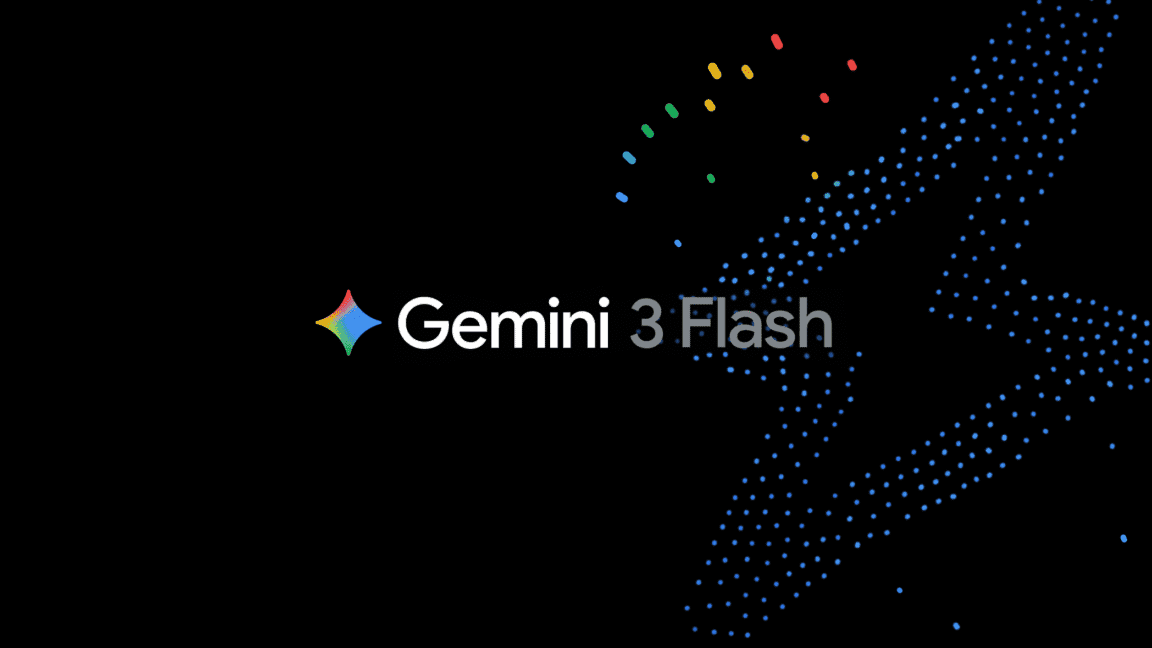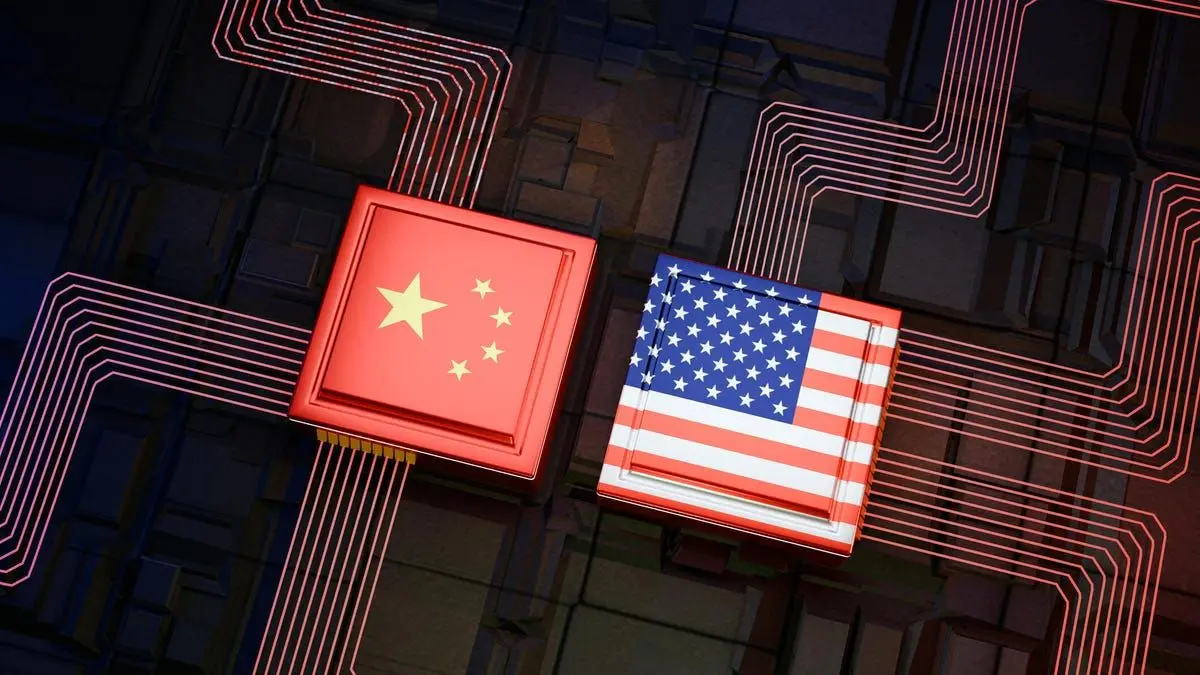Spotiphy: AI-Powered Tool Revolutionizes Spatial RNA Sequencing Analysis
2 Sources
2 Sources
[1]
Integrative analysis tool turns spatial RNA sequencing into imager
Spatial transcriptomics is a cutting-edge technique that characterizes gene expression within sections of tissue, such as heart, skin or liver tissue. These snapshots provide insights into how spatial organization affects cellular functions across the spectrum of biology and disease. Up to now, researchers conducting spatial transcriptomics have had to choose between two options based on their needs: genome-wide coverage or single-cell resolution. To solve this tradeoff, scientists at St. Jude Children's Research Hospital and the University of Wisconsin-Madison have created a computational tool that uses generative artificial intelligence (AI) to enhance the resolution of sequencing-based spatial transcriptomics without sacrificing gene coverage. The algorithm and its first findings were published today in Nature Methods. "We've made the first generative algorithm that can predict spatial gene expression of whole transcriptomics at the single-cell level," said co-senior and corresponding author Jiyang Yu, Ph.D., St. Jude Department of Computational Biology interim chair. "The key is to borrow information from single-cell RNA-seq atlas and histology imaging data with this generative modeling approach, giving full transcriptome coverage and single-cell resolution in spatial RNA-sequencing." The new computational tool, Spot imager with pseudo single-cell resolution histology (Spotiphy), employs a machine learning algorithm to improve conventional spatial transcriptomics technologies significantly. Those technologies look at predefined "spots" on a grid to capture gene expression. These are essentially the pixels that form the final gene expression image across the entire tissue section. Each spot typically contains multiple, often heterogeneous, cells, making them difficult to classify and analyze into single cells. Spotiphy uses machine learning that extrapolates cell-type proportions and gene expression data to fill the space between "spots." The program knows what to fill these gaps with because it was trained on vast spatial transcriptomics databases paired with histological images. "Imagine a picture of a hand, but the middle is missing," said co-senior author Junmin Peng, Ph.D., St. Jude Departments of Structural Biology and Developmental Neurobiology. "The algorithm has acquired general rules from its training so that it can impute the missing part of the picture -- like reconstructing where and what the palm should look like, or in reality, the space between imaging spots." Spotiphy finds new insights from spatial transcriptomics data Peng, who studies neurobiology, explained how single-cell spatial transcriptomics provides an opportunity to understand neurodegenerative diseases better, including Alzheimer's, especially aberrant cells and their gene expression. However, "previous spatial transcriptomics data for Alzheimer's have not truly resolved single-cell data," Peng said. "Existing methods result in a low-resolution output, often clustering multiple cells into a single spot. We merged adjacent sections for RNA analysis and imaging one-to-one with Spotiphy, truly reaching a clean single-cell resolution with high gene coverage." Applied to a mouse model of Alzheimer's Disease, Spotiphy confirmed the findings of previous studies, validating the tool's ability to pinpoint cell location and gene expression patterns accurately. This increased confidence in the technique. In addition, the researchers deployed Spotiphy in new experiments, finding that subsets of astrocytes, a common cell type in the central nervous system, are associated with specific brain regions. They also found that disease-associated microglia, a rare type of immune cell, had a greater presence in brains affected by Alzheimer's, supporting previous findings that microglial dysfunction may be involved in the disease. "The real power of this algorithm is its ability to distinguish subtle differences within the same cell type that previous technologies could not detect," Yu said. "For example, identifying sub-populations of astrocytes located in certain areas of the brain." Findings were not limited to neurobiology. The scientists also showed that Spotiphy could be used to analyze other tissues, including cancer samples. The tool successfully identified different spatial domains and alterations in tumor-tumor microenvironment interactions. "We saw the data reflected known breast cancer heterogeneity," said co-first author Jiyuan Yang, Ph.D., St. Jude Department of Computational Biology. "We also invested significant efforts to generating the matched datasets for mouse brains, which we believe will be a valuable resource for the spatial omics community." "We've made a tool that can resolve single-cell spatial transcriptomics of any given tissue," Yu said. "In other words, Spotiphy lets scientists see things that they could not see before."
[2]
Spotiphy integrative analysis tool turns spatial RNA sequencing into imager | Newswise
Co-first author Jiyuan Yang, PhD, St. Jude Department of Computational Biology and co-senior and corresponding author Jiyang Yu, PhD, St. Jude Department of Computational Biology interim chair look at spatial transcriptomics data. Spatial transcriptomics is a cutting-edge technique that characterizes gene expression within sections of tissue, such as heart, skin or liver tissue. These snapshots provide insights into how spatial organization affects cellular functions across the spectrum of biology and disease. Up to now, researchers conducting spatial transcriptomics have had to choose between two options based on their needs: genome-wide coverage or single-cell resolution. To solve this tradeoff, scientists at St. Jude Children's Research Hospital and the University of Wisconsin-Madison have created a computational tool that uses generative artificial intelligence (AI) to enhance the resolution of sequencing-based spatial transcriptomics without sacrificing gene coverage. The algorithm and its first findings were published today in Nature Methods. "We've made the first generative algorithm that can predict spatial gene expression of whole transcriptomics at the single-cell level," said co-senior and corresponding author Jiyang Yu, PhD, St. Jude Department of Computational Biology interim chair. "The key is to borrow information from single-cell RNA-seq atlas and histology imaging data with this generative modeling approach, giving full transcriptome coverage and single-cell resolution in spatial RNA-sequencing." The new computational tool, Spot imager with pseudo single-cell resolution histology (Spotiphy), employs a machine learning algorithm to improve conventional spatial transcriptomics technologies significantly. Those technologies look at predefined "spots" on a grid to capture gene expression. These are essentially the pixels that form the final gene expression image across the entire tissue section. Each spot typically contains multiple, often heterogeneous, cells, making them difficult to classify and analyze into single cells. Spotiphy uses machine learning that extrapolates cell-type proportions and gene expression data to fill the space between "spots." The program knows what to fill these gaps with because it was trained on vast spatial transcriptomics databases paired with histological images. "Imagine a picture of a hand, but the middle is missing," said co-senior author Junmin Peng, PhD, St. Jude Departments of Structural Biology and Developmental Neurobiology. "The algorithm has acquired general rules from its training so that it can impute the missing part of the picture -- like reconstructing where and what the palm should look like, or in reality, the space between imaging spots."
Share
Share
Copy Link
Scientists at St. Jude Children's Research Hospital and the University of Wisconsin-Madison have developed Spotiphy, an AI-driven computational tool that enhances spatial transcriptomics resolution without sacrificing gene coverage, offering new insights into cellular functions and disease processes.

Breakthrough in Spatial Transcriptomics Analysis
Scientists at St. Jude Children's Research Hospital and the University of Wisconsin-Madison have developed a groundbreaking computational tool called Spotiphy (Spot imager with pseudo single-cell resolution histology) that employs generative artificial intelligence to enhance the resolution of sequencing-based spatial transcriptomics without compromising gene coverage
1
2
.The Challenge in Spatial Transcriptomics
Spatial transcriptomics is an advanced technique used to characterize gene expression within tissue sections, providing crucial insights into how spatial organization affects cellular functions across various biological processes and diseases. Until now, researchers had to choose between genome-wide coverage or single-cell resolution, limiting the depth of their analyses
1
.Spotiphy: Bridging the Gap with AI
Spotiphy addresses this trade-off by using a machine learning algorithm that significantly improves conventional spatial transcriptomics technologies. The tool extrapolates cell-type proportions and gene expression data to fill the gaps between predefined "spots" on a grid, effectively creating a high-resolution image of gene expression across entire tissue sections
1
.Dr. Jiyang Yu, interim chair of the St. Jude Department of Computational Biology and co-senior author of the study, explains:
"We've made the first generative algorithm that can predict spatial gene expression of whole transcriptomics at the single-cell level. The key is to borrow information from single-cell RNA-seq atlas and histology imaging data with this generative modeling approach, giving full transcriptome coverage and single-cell resolution in spatial RNA-sequencing."
1
How Spotiphy Works
The algorithm is trained on extensive spatial transcriptomics databases paired with histological images. This training allows Spotiphy to reconstruct missing information between imaging spots, similar to how an AI might reconstruct a missing part of an image based on learned patterns
1
2
.Related Stories
Applications and Findings
-
Alzheimer's Disease Research: Applied to a mouse model of Alzheimer's Disease, Spotiphy confirmed previous findings and revealed new insights, such as the association of specific astrocyte subsets with particular brain regions and an increased presence of disease-associated microglia in affected brains
1
. -
Cancer Analysis: The tool successfully identified different spatial domains and alterations in tumor-tumor microenvironment interactions in breast cancer samples, reflecting known cancer heterogeneity
1
. -
Neurobiology: Spotiphy enabled the identification of subtle differences within the same cell type, such as sub-populations of astrocytes located in specific areas of the brain
1
.
Implications for Future Research
The development of Spotiphy represents a significant advancement in spatial transcriptomics analysis. By providing single-cell resolution with full transcriptome coverage, it opens up new possibilities for understanding complex biological processes and diseases at a more granular level
1
2
.Dr. Junmin Peng, co-senior author from the St. Jude Departments of Structural Biology and Developmental Neurobiology, highlights the potential impact on neurodegenerative disease research:
"Previous spatial transcriptomics data for Alzheimer's have not truly resolved single-cell data. We merged adjacent sections for RNA analysis and imaging one-to-one with Spotiphy, truly reaching a clean single-cell resolution with high gene coverage."
1
As Spotiphy continues to be applied across various fields of study, it promises to unveil previously unseen cellular dynamics and interactions, potentially leading to breakthroughs in our understanding of complex biological systems and diseases.
References
Summarized by
Navi
Related Stories
Spatial Transcriptomics: Revolutionizing Musculoskeletal Research with AI Integration
10 Jun 2025•Science and Research

Northwestern University's SOAR Platform: A 'Molecular GPS' to Accelerate Drug Discovery
12 Jun 2025•Science and Research

Stanford AI Tool Predicts Cancer Gene Activity from Biopsy Images, Potentially Revolutionizing Cancer Diagnosis
15 Nov 2024•Health

Recent Highlights
1
Google launches Gemini 3 Flash as default AI model, delivering speed with Pro-grade reasoning
Technology

2
OpenAI launches GPT Image 1.5 as AI image generator war with Google intensifies
Technology

3
OpenAI launches ChatGPT app store, opening doors for third-party developers to build AI-powered apps
Technology





